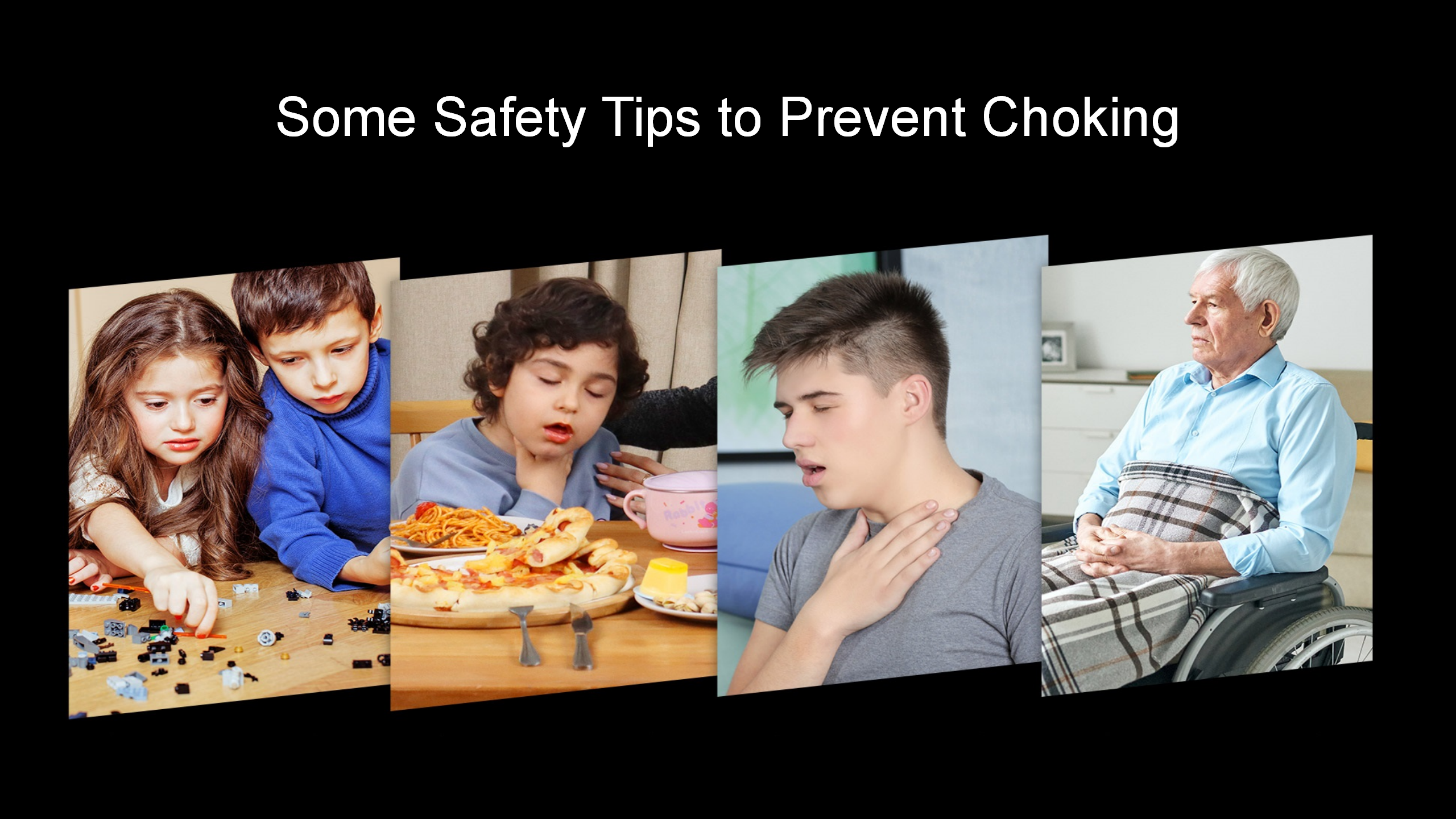Extreme Choking incidents, especially among children, are serious and can be life-threatening. To safeguard your child against extreme choking hazards, it’s crucial to implement preventive measures and be prepared to act swiftly in case of an emergency. Here are some clear and easy-to-follow safety tips:
-
Cut Food into Bite-Sized Pieces: Always cut food into small, manageable pieces before serving. Avoid giving your child hard, sticky, or round foods that are challenging to chew and swallow, such as nuts, seeds, grapes, hot dogs, and marshmallows.
-
Modify Food Texture: Cook and mash foods to make them softer and safer to eat. For instance, cook carrots, apples, and other raw fruits and vegetables until they are soft, then mash them with a fork. This reduces the risk of choking, especially for toddlers and young children who may have difficulty chewing.
-
Provide a Safe Eating Environment: Ensure your child sits in a high chair or another secure seating arrangement during meals and snacks. Sitting upright reduces the risk of choking compared to lying down, crawling, or walking while eating. Avoid letting your child eat in the car or stroller, as movement increases the likelihood of choking incidents.
-
Minimize Distractions: Create a calm and focused atmosphere during mealtimes by minimizing distractions and interruptions. Encourage your child to concentrate on eating, and closely monitor their actions to detect any signs of choking promptly.
-
Remove Choking Hazards: Regularly scan the environment for small objects, toys, and other potential choking hazards. Keep small items, including coins, balloons, and magnets, out of your child’s reach. Check floors and surfaces to ensure they are clear of any objects that could pose a choking risk.
-
Educate Your Child: Teach your child not to put anything other than food or pacifiers in their mouth. Discourage them from playing with small objects that could be swallowed accidentally. Educate older children about the dangers of choking and how to avoid risky behaviors.
-
Be Prepared for Emergencies: Familiarize yourself with choking first aid procedures and be ready to act swiftly in an emergency. If your child chokes, call 911 immediately. Depending on their age, you may need to perform back blows, chest thrusts, or the Heimlich maneuver to dislodge the obstruction from their airway. Consider attending a CPR class to enhance your preparedness for such situations.
By implementing these safety measures and staying vigilant, you can significantly reduce the risk of extreme choking incidents in your household. Remember, prevention is key, but being prepared to respond effectively in emergencies is equally important. Don’t hesitate to seek guidance from your child’s healthcare provider or enroll in a CPR course to enhance your knowledge and skills in handling choking incidents.
In conclusion, safeguarding your child against choking hazards requires a combination of proactive measures and preparedness. By following these safety tips and staying informed, you can create a safer environment for your child and minimize the risk of extreme choking accidents.



